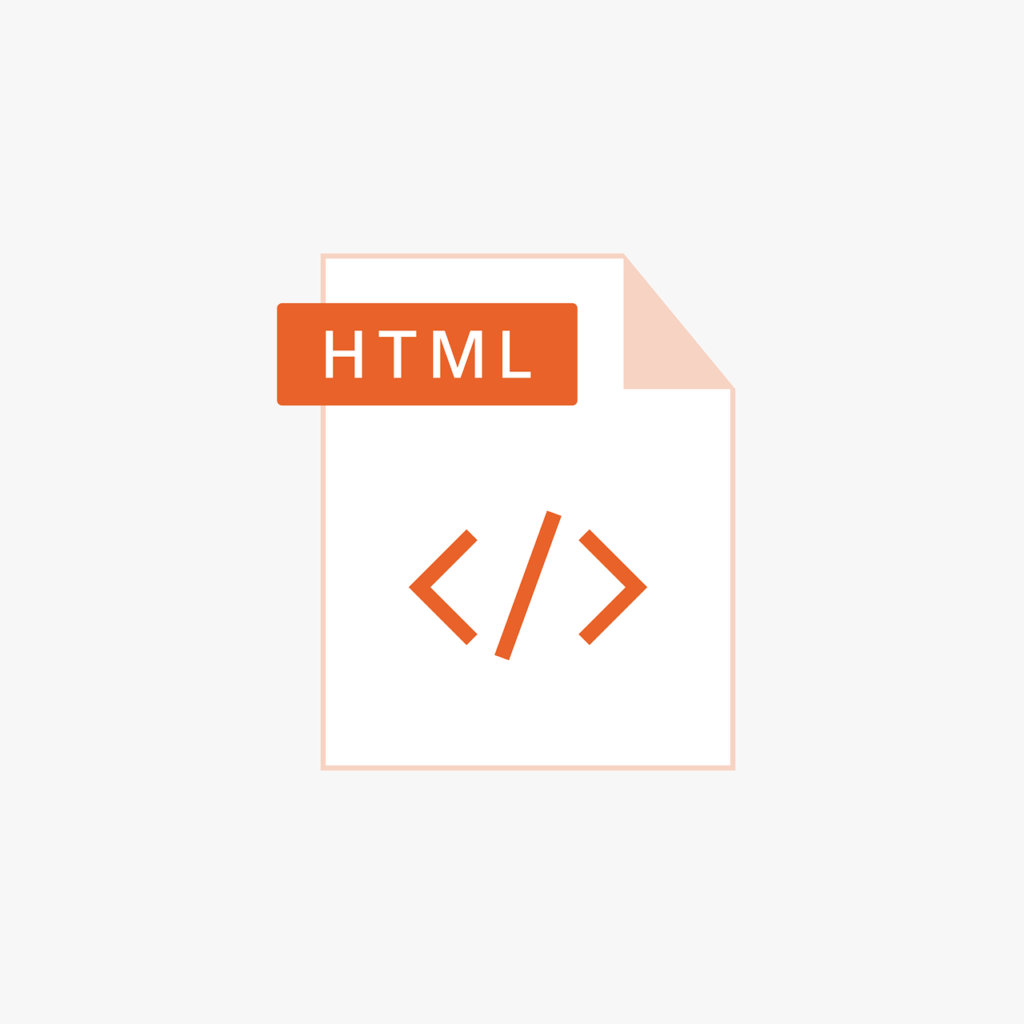What Is The Difference Between Plain Text And HTML Newsletters?
Have you ever wondered what the difference is between plain text and HTML newsletters? When it comes to email marketing, choosing the right format can have a huge impact on the effectiveness of your campaigns. In this article, we will dive deep into the distinctions between plain text and HTML newsletters to help you make an informed decision for your email marketing strategy.
Plain Text Newsletters
Plain text newsletters are simply emails that consist of text without any formatting or design elements. They are akin to a traditional email you would send to a friend or colleague. Plain text newsletters are more simplistic in nature and are often favored for their straightforward and personal approach.
When you opt for plain text newsletters, you are essentially prioritizing the content of your message. With no distractions from graphics or styling, the focus is solely on the information you are trying to convey. This can result in a more personal and authentic connection with your audience.

HTML Newsletters
On the other hand, HTML newsletters are emails that are coded using HyperText Markup Language (HTML) to include various design elements such as images, colors, fonts, and layouts. HTML newsletters are visually appealing and can be customized to reflect your brand’s identity and style.
HTML newsletters offer more flexibility in terms of creativity and design. You can incorporate multimedia elements, interactive features, and clickable links to enhance user engagement. This format allows you to create visually stunning emails that capture the attention of your subscribers.

Key Differences Between Plain Text and HTML Newsletters
Now that you have an overview of plain text and HTML newsletters, let’s delve deeper into the key differences between the two formats:
| Plain Text Newsletters | HTML Newsletters |
|---|---|
| Simple and straightforward | Visually appealing and customizable |
| Text-only format | Design elements such as images, colors, and fonts |
| Personal and authentic | Professional and branded |
| Easy to create and send | Requires coding knowledge or a template editor |
| Higher deliverability rates | Lower deliverability rates due to spam filters |
| Limited engagement opportunities | Enhanced user engagement through multimedia elements |

Which Format Should You Choose?
Choosing between plain text and HTML newsletters ultimately depends on your goals, target audience, and brand identity. Here are some factors to consider when making this decision:
-
Audience Preferences: Consider the preferences of your subscribers. Some may prefer the simplicity and authenticity of plain text newsletters, while others may appreciate the visual appeal of HTML newsletters.
-
Brand Identity: Think about how you want your brand to be perceived. If you want to convey a professional and polished image, HTML newsletters may be the way to go. On the other hand, if you value authenticity and personal connection, plain text newsletters might be more suitable.
-
Content Type: The type of content you are sharing can also influence your choice of format. If you are sending information-heavy updates or newsletters, plain text may be more suitable. For promotional material or visually engaging content, HTML newsletters are a better option.
-
Engagement Goals: Consider your engagement goals for your email campaigns. If you want to track user interaction, HTML newsletters provide more opportunities for clickable links, buttons, and interactive elements.

Best Practices for Plain Text and HTML Newsletters
Whether you choose plain text or HTML newsletters, here are some best practices to keep in mind for both formats:
-
Personalization: Personalize your newsletters with the recipient’s name, past purchase history, or other relevant information to make your emails more engaging and relevant.
-
Mobile Optimization: Ensure that your newsletters are mobile-friendly to cater to subscribers who access their emails on smartphones and tablets. Optimize your layout and design for a seamless viewing experience.
-
Call-to-Action: Include clear and compelling call-to-action buttons in your newsletters to encourage subscribers to take the desired action, whether it’s making a purchase, signing up for an event, or visiting your website.
-
Testing and Optimization: A/B test your newsletters to determine which format, subject line, and content resonates most with your audience. Use analytics to track the performance of your campaigns and make data-driven decisions for optimization.

Conclusion
In conclusion, the difference between plain text and HTML newsletters lies in their format, design, and overall impact on user engagement. While plain text newsletters are simple and personal, HTML newsletters offer more customization and visual appeal. The choice between the two formats depends on your goals, audience preferences, and brand identity. By understanding the distinctions between plain text and HTML newsletters, you can make an informed decision that aligns with your email marketing strategy. So, which format will you choose for your next email campaign?
